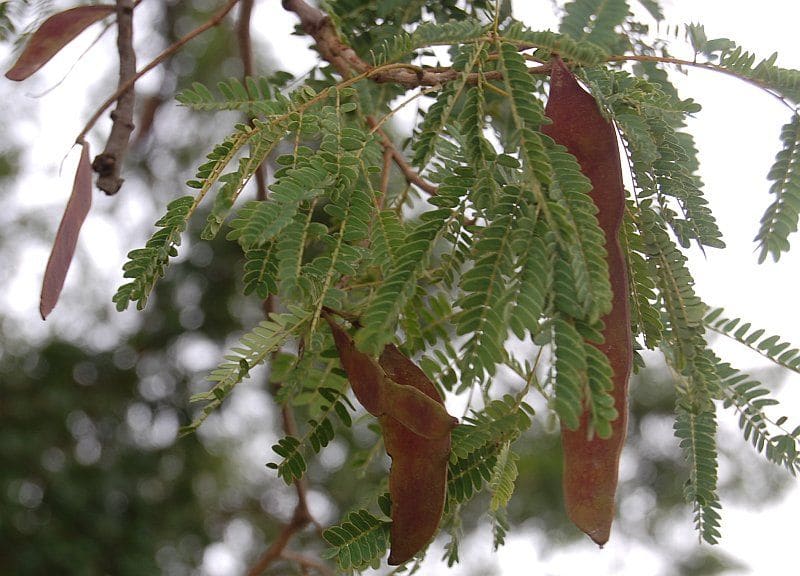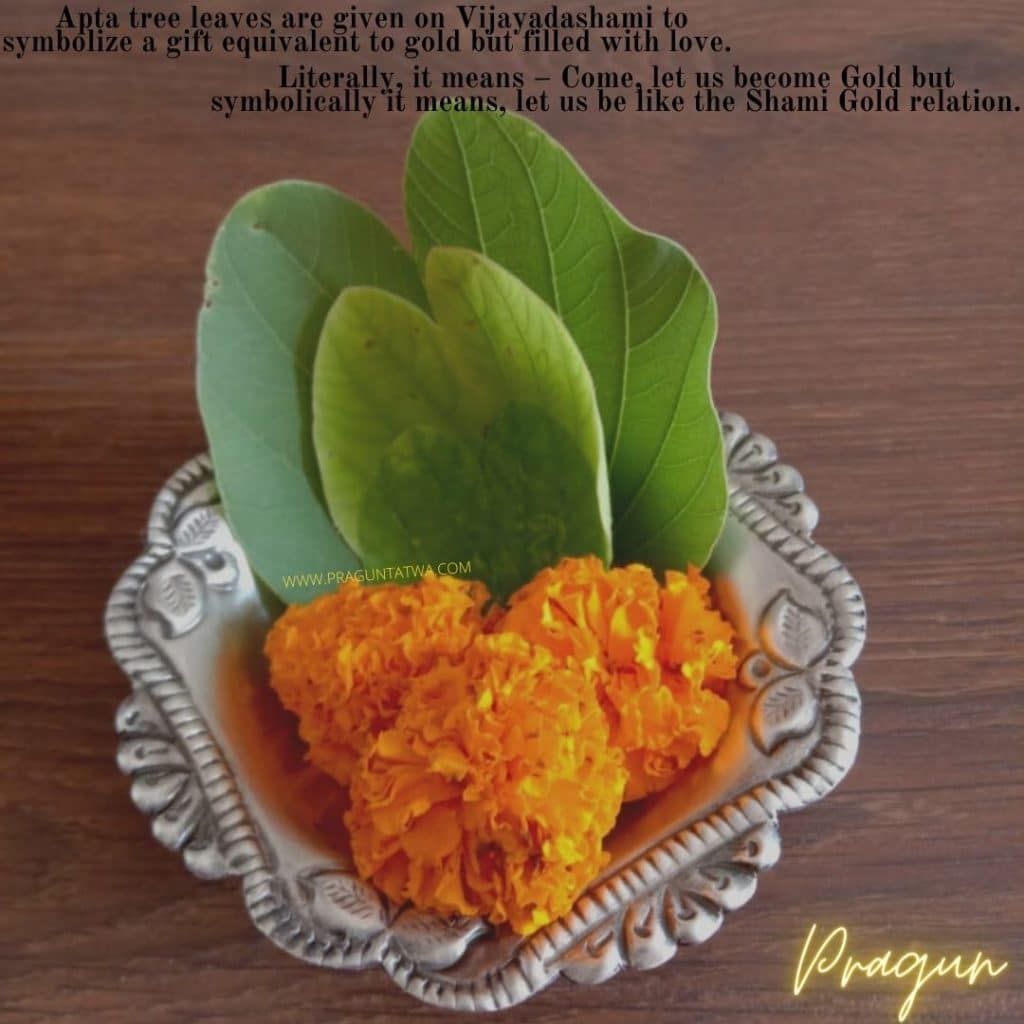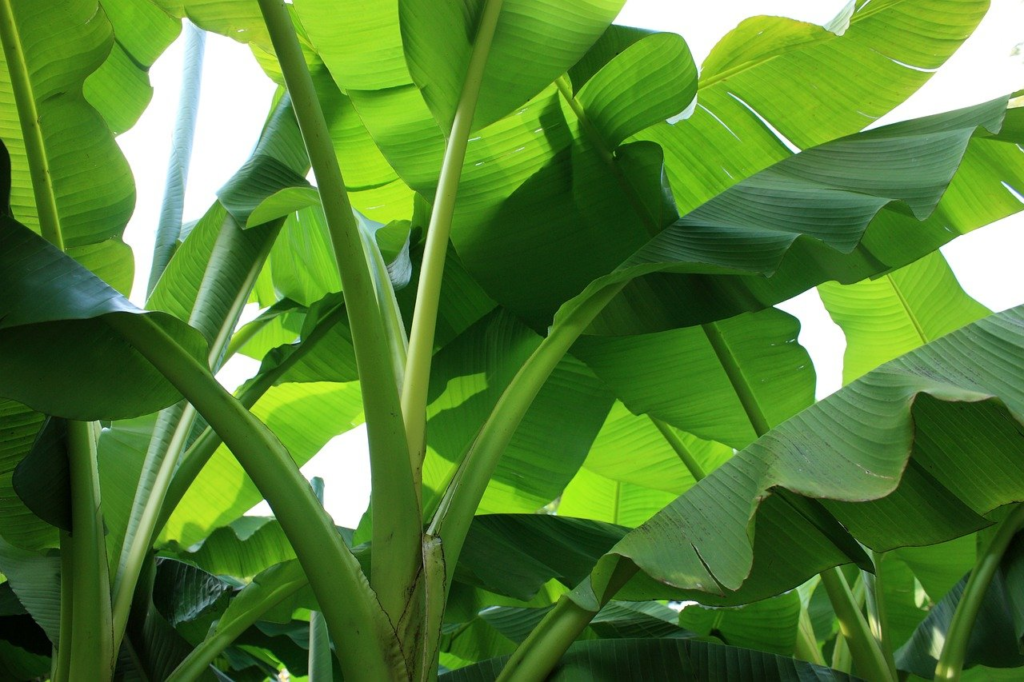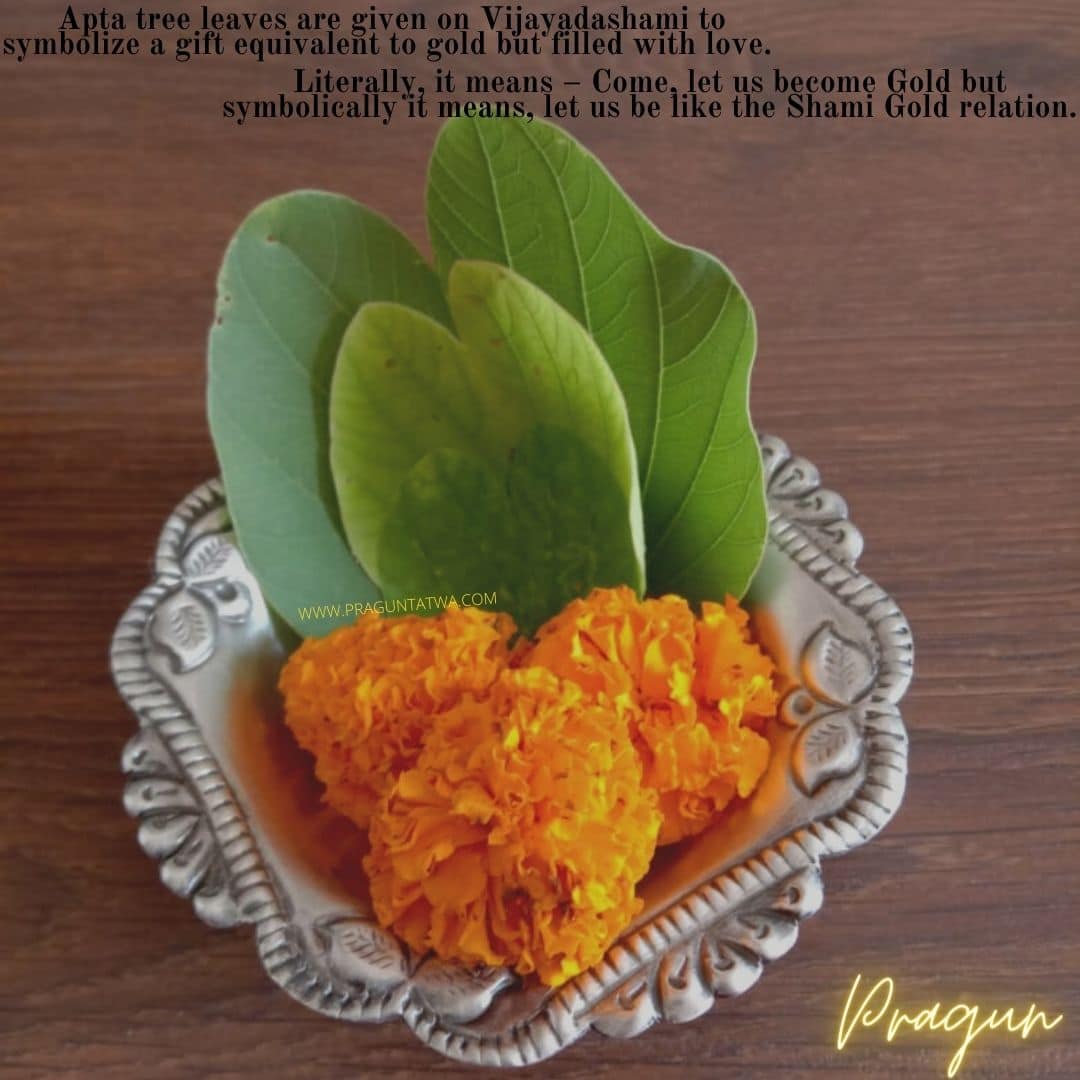On the eve of Dussehra, multiple ancient historical events occurred, that marked the victory of truth over evil. In different parts of India, we celebrate Vijayadashami, Navratri, or Dusshera, in a variety of ways. One noticeable thing in most of these celebrations is the importance given to certain plants and trees. Yes, a few trees, leaves, and flowers have a connection with Dussehra. Let’s find out some plants associated with Dusshera On Dussehra, several plants are traditionally worshipped in different parts of India, symbolizing various cultural and mythological significance.
Here are a few commonly worshipped plants:
Shami Tree (Prosopis cineraria):
- In many parts of India, especially in Maharashtra and Rajasthan, the Shami tree is worshipped on Dussehra. It is associated with the Pandavas from the Mahabharata, who hid their weapons in a Shami tree during their exile. It symbolizes victory, prosperity, and the end of suffering.
- Worship of Shammi Vruksha (Tree) and giving Shammi Patra (Banni ele in Kannada) to others on Vijayadashmi has symbolized goodwill. This practice is seen in Maharashtra and a few parts of Andhra.
- In Karnataka (and many other places too), Banni mara is believed to be the tree where the Pandavas hid their weapons during exile and revered and worshipped on Vijay-Dashami day. the Pandavas lost to the Kaurav in a dice game and were exiled in the forest for twelve years. Pandavas hid their weapons in a hole in a Shami tree before they entered the Kingdom of Virat to complete their final year of exile. After that year, on Vijayadashmi they recovered the weapons from the tree & declared their real identities, and defeated Kauravas, who had attacked King Virat to steal his cattle. Banni mara or the Shammi Vruksha has a special place in the Mysore Dasara where it’s worshipped on the Vijay-Dashami day.
- As a result, began the practice of giving Shami patri or Banni ele, (leaves) on Vijayadashami to symbolize a gift equivalent to gold but filled with love. It’s said “Banni Bangaaravaagona” while handing over leaves – which has two meanings. Literally, it means – Come, let us become Gold – but symbolically it means, let us be like the Banni/Shami Gold relation.
- (In some places in North Karnataka, people used to exchange gobbali tree branches/leaves as they could not find Banni branches)

Apta Tree (Bauhinia racemosa):
In Maharashtra and some other regions, leaves from the Apta tree are exchanged as a symbol of gold (called sona patta or sona leaves) on Dussehra, signifying prosperity and wealth. People exchange these leaves with loved ones as a gesture of good fortune.
In Maharashtra, gifting of “gold” or apta leaves is a central practice during the Dussehra festival. The leaves of the apta tree plant, known as the bidi leaf tree or its scientific name Bauhinia racemosa, are offered to others in the family and friends during Dussehra celebrations. It’s a custom to exchange the leaves calling it “sona” or gold during the festival. Even the leaves of the tree are known as “sonpatta” or gold leaves.
Significance of Apta Tree:
According to the story, on this day, the god of wealth, Kubera, himself converted millions of Apta leaves into gold to help an honorable scholar, Kautsya, pay Guru-Dakshina (Fees). Kautsya took the leaves as needed, and the rest were distributed among residents of Ayodhya. Similarly, It is a symbol of truth with divine powers. The red and yellow color is a symbol of devotion to God. Its smell reduces stress by removing all types of negative forces. This is usually to give peace to the environment.
Ashoka Tree (Saraca asoca):
The Ashoka tree is worshipped in some parts of India, symbolizing the end of suffering and bringing happiness. It is believed to have healing properties and is associated with Lord Rama in mythology.
Banana Plant:
In several households, especially in Bengal and other eastern regions of India, the banana plant is worshipped during Dussehra. It is seen as a symbol of fertility, purity, and good luck.

Tulsi (Holy Basil):
Though primarily worshipped in other festivals like Tulsi Vivah, the Tulsi plant is also revered on Dussehra for its sacredness and connection to Hindu rituals. It symbolizes purity and spiritual well-being.

Marigold flowers
Furthermore, when discussing Plants associated with Dusshera, we cannot forget the mention of the Marigold flowering plant. Marigolds also called Genda (गेंदा फूल) or Zhendu (झेंडूची फुले), these saffron-colored flowers are popular at this festival time. The flowers are then part of the garland and used for worship. It is also a symbol of the Sun. In ancient texts, this flower is known as a symbol of beauty and energy. These flowers express the happiness of the victory festival without words.
These plants reflect the cultural diversity and ecological importance tied to the festival, blending nature with traditional values. The festival also marks the beginning of winter, people prepare special delicacies that will strengthen the immune system and provide heat to one’s body. Additionally, get a glimpse of some more Indian festivals and traditions with me.

#PrachiTheTatwaGirl
Thank you for joining Prachi The Tatwa Girl. 
Fire (Agni) – Under this element, I write about food. Inspired by the energy and life force of this element, I share special recipes and culinary creations.
Air Tatwa (Vayu) – In this element, I write about things around us, the cultures and festivals being celebrated. Traditions followed and mythology and beliefs of a particular place.
Sky Tatwa (Akash) – Under this element, I write about my travel experiences. Here, I describe the infinite skies and towering mountain peaks I encounter during my journeys.
Water (Jal) – In the water element, I express my inner emotions, just like the flowing and ever-moving water. This is a reflection of the continuous flow of my thoughts.
Earth Tatwa (Prithvi) – In the earth element, I focus on environmental issues and eco-friendly lifestyle solutions. This includes ways to live in harmony with our planet. In today’s world, sustainable development has become a necessity. Don’t miss the Green Tatwa Talks podcast, where I feature individuals, members, and organizations actively working to protect the environment and bring about positive change.tes zero waste and minimalistic living. Know about some awesome Green Warriors in the Green Tatwa Talks series, and explore sustainable and conscious living practices on my website.
Subscribe on LinkedIn and get EcoFriendly with Prachi.
Follow The Tatwa Girl
Check PragunTatwa Feed
For more Eco-Friendly content visit my Instagram Feed.
Don’t forget to hug a tree and learn more about the Trees around you on Tree Talks.

Leave a Reply